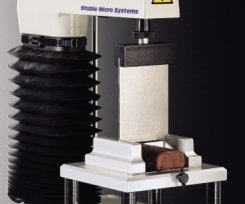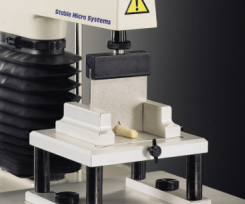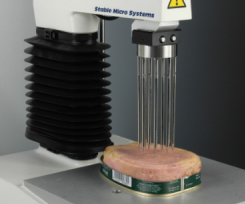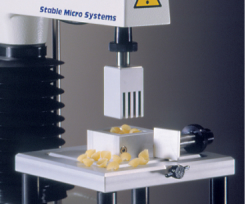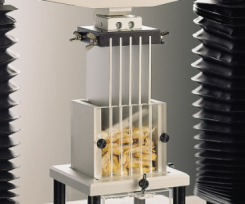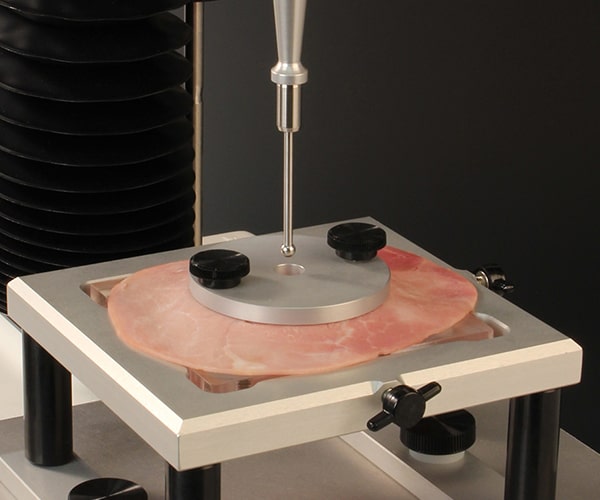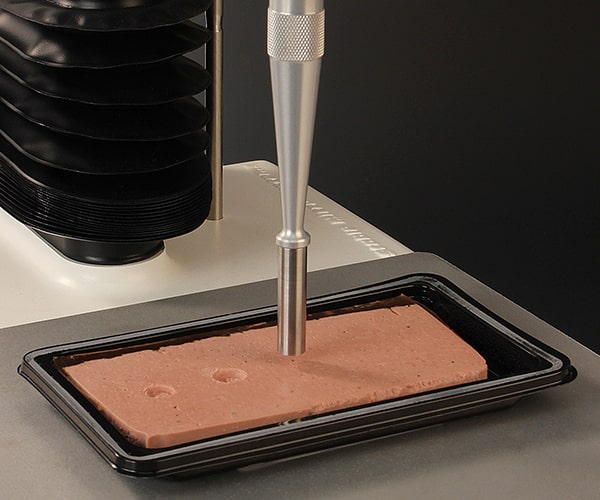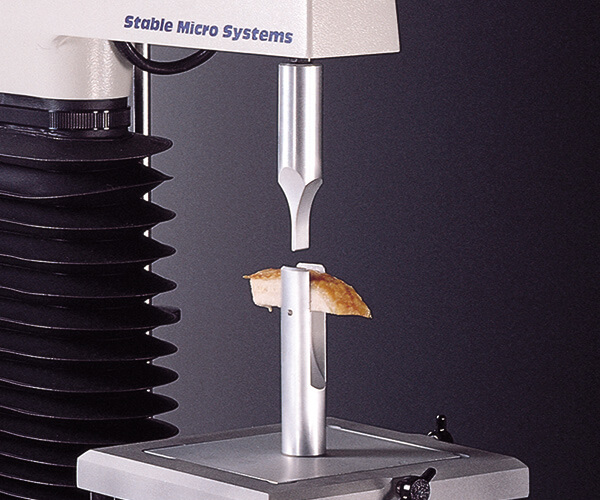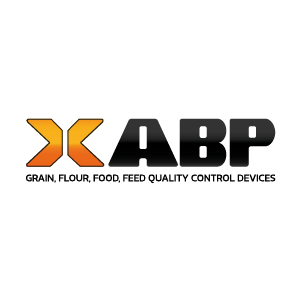For the consumer’s acceptability and perception of quality of meat and fish products, texture is crucial. Whole tissue and processed meats are often investigated to assess ideal combinations of ingredients, evaluate contribution of processing methods/times and highlight quality inconsistencies.
The measurement issues are, however, different for each type of meat. Deli-style meats need to balance the binders and texturising ingredients to obtain perfect firmness, cohesiveness and low adhesiveness so that they can be easily cut. Formed meats need to balance moderate firmness with strong cohesion since these products are usually handled roughly but must remain whole. Many formed meats are often breaded so crispness is also a major textural attribute.
For fish and fish products the issues of firmness, gaping, and the creation of surimi products with an authentic shell-fish texture that are barely distinguishable from the real thing present challenges. At each stage in surimi product development, production and quality control, food manufacturers can quantify textural parameters such as toughness, elasticity and gel strength using the TA.XTplus Texture Analyser. The effects of gel moisture content, salt concentration, cooking temperature and length of time heat is applied during processing are typical assessments which cut out the guess-work.
A wide range of MEAT AND FISH PRODUCT test methods is built into Exponent Texture Analyser software and will automatically load at the click of a button. We help make your testing quicker to access and the analysis of your product properties already prepared for you.
Typical measurements include: • Firmness / Toughness • Stiffness • Cutting Strength • Surimi Gel Strength • Toughness • Tensile Strength •
Over the years we’ve worked with top scientists and companies in the field to develop such fixtures as the Meullenet-Owens Razor Shear Blade for poultry tenderness measurement and the USDA Standard Warner-Bratzler blade for meat testing.
